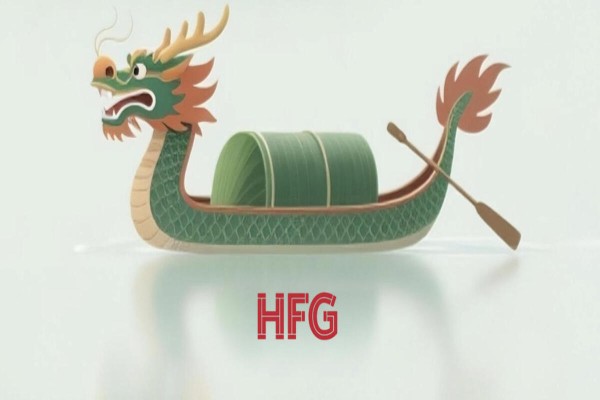Copyright is not for losers. The revenge of street artists
It is recent (February 22, 2019) the news that a provisional ruling by a court in Milan, Italy, ordered the Mudec Museum to stop selling merchandise which reproduced Banksy's branded art. (Banksy, as you probably know, is one of the most celebrated and controversial street artist active now. His work is visible on the walls all around the world).
What happened? At the end of 2018, Pest Control, the handling service that authenticates Banksy's artworks, took action against an Italian company that organised an exhibition called The art of Banksy. A visual protest. While the works on display were either original, or authentic prints, the organisers were also selling products such as notebooks, diaries, postcards, bookmarks and erasers, all of which incorporated Banksy's art. Pest Control enforced its trademark rights over the Banksy name. It did so to stop the unauthorised merchandising, as well as the use of Banksy imagery in the promotional material produced by the exhibition's organisers.
While the Milan judge noted that the use of Banksy's name and art on merchandise amounted to trademark infringement, he denied wrongdoings with regards to the promotional material. The court stressed that the use of Banksy's art on such material is informative in the sense that it is necessary to describe the contents of the exhibition.
What mostly caught my attention in this news is that Bansky is a trademark. The famous street artist and activist who, despite his international fame, has maintained an anonymous identity, who is against any commercialization of his art, who doesn't want to close his paints in museums and destroyed one of his works when it was put on auction; that artist is a trademark itself. And his famous quote “Copyrightis for losers” has a copyright sign behind it.
Well, to be honest he's not a trademark as many others. In fact, he doesn't want to have the exclusivity on his paintings (and this is why he paints on walls), and he doesn't aim to make money from his own art. Simply, he wants to avoid that other people makes money from his art.
Anyway, is not because street art is visible and free that you can take it and do whatever you want. What people are inclined to think about street art is that, being illegal, no one would sign a graffiti and no one would claim the copyright. Many artists would consider it risky to start a legal action as this would mean revealing their identity and exposing themselves to serious legal consequences, including jail.
Whereas before it was associated with criminal activities, since early years of 2000 street art is becoming a celebrated feature of every city. In fact, graffiti became so acclaimed that it is being not only allowed but also commissioned as part of interior or exterior design of restaurants, retail stores, etc.
What follows is that many street artists fight to protect their works and sued companies for unauthorized use of graffiti art.
It goes back to last year (2018) the lawsuit involving H&M, which has entered a legal dispute with artist Jason “REVOK” Williams over the copyright usage of his work in a recent advertising campaign. The campaign features imagery as well as videos of a male model clad in H&M “New Routine” sportswear line while in front of a wall with Williams's graffiti painted on it. Revok sued H&M.
Revok graffiti in H&M's advertisement
H&M replied that no illegal work of art can be protected by copyright.
Can you imagine what a reaction this claim has had in the street art world? I only say that after a short while, H&M released a statement regarding its dispute with REVOK, saying that
“H&M respects the creativity and uniqueness of artists, no matter the medium. We should have acted differently in our approach to this matter. It was never our intention to set a precedent concerning public art or to influence the debate on the legality of street art […] as always, your voice matters to us.”
It is not the first time Revok has sued a big fashion brand. In 2014, along with graffiti artists Reyes and Steel, he took Italian fashion company Roberto Cavalli to court for copying an artwork created in San Francisco in 2011 and used as textile design. The dispute was later settled out of court.
Cavalli/Revok,Reyes and Steel graffiti
Moschino featuring Rime artwork
Also Rime, a graffiti writer and street artist, in 2015 filed suit against designer Jeremy Scott and Moschino for allegedly copying an artwork that he did in Detroit in 2012.
Rime graffiti
More or less the same as Revok with H&M happened to Ahol Sniff with American Eagle in 2014: the artist, one of the most loved in Miami, filed a suit for copyright infringement against the teen clothes Company for using his eyeballs motif in advertising on its website, social media pages, targeted marketing, a billboard in downtown New York City, and store displays from Tokyo to Panama.
Ahol graffiti and AEO ad
Graffiti art also appears frequently in videos.
A 2011 television commercial for Fiat starring Jennifer Lopez has triggered a copyright dispute involving a Bronx-based graffiti crew whose work is featured prominently in the ad. The commercial features a series of images intended to evoke the Bronx district of New York, including a colorful mural that reads “I Heart the Bronx.”
The muralists, TATS Cru, say the image is copyrighted and was used without permission.
Kosse's work on the background of Kiesza’s video
In 2016, the street artist Jamie Mitchel Kosse has filed a federal complaint against the Canadian pop singer Kiesza and her label Universal Music Group over the unauthorized depiction of his works in a music video for her single Hideway.
In 2017 four graffiti artists sue fashion label Vince Camuto for misappropriation and infringement of their mural work in Brooklyn after it was used in a video marketing campaign for the label's Spring/Summer2017 line, saying the fashion label used their work without permission and damaged their credibility.
The list could continue. From street artist Maya Hayuk suing Starbucks who copied her work in its Frappuccino, to a number of Brooklyn-based street artists taking McDonald to court for using their works to promote a new burger, looks like street art community pushes for strong intellectual property rights and greater protections.
However, if it would make no sense to deny copyright protection to works that have been legally commissioned, what about illegal graffiti? Do they deserve copyright protection? Ultimately, possible wrongdoings committed by street artists (trespass, vandalism and so on) concern the process through which the works are done (painting on a wall or train, for instance, without the authorisation of the property owner). And the process by which an artwork is created shouldn't be neutral in copyright terms?
After all, creativity should never be illegal.
Silvia Marchi
HFG Law&Intellectual Property


